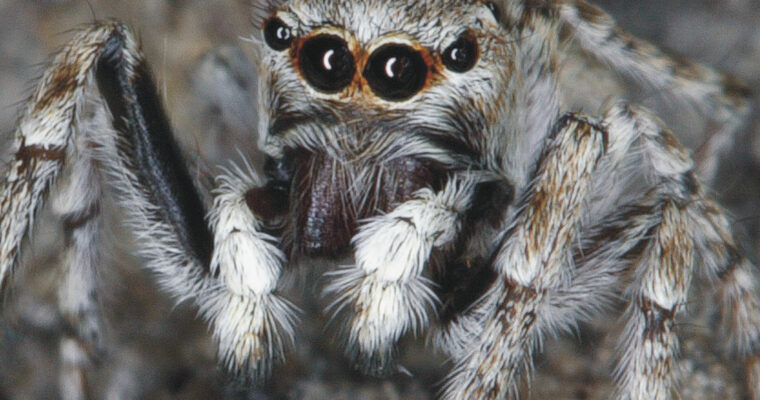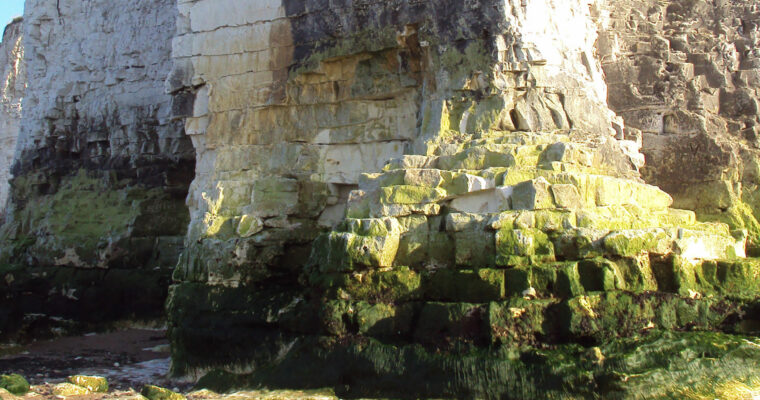


Chapter 5: The State of Kent’s Species
In this chapter, wildlife experts from across Kent and Medway, have provided a compelling account of the changing fortunes of eighteen groups ranging from mammals and moths to fungi and amphibians.
- Home
- State of Nature
- Chapter 5: The State of Kent’s Species
Share by email
These details will not be saved anywhere or used for any purpose other than sending this one-off email
In each case they have provided detail on status and trends for these species, along with key habitats and their protection.
Highlights

Kent’s fungi
Tricia Moxey, Fellow of the British Naturalists’ Association
Page 215

Kent’s vascular plants
Sue Buckingham & Geoffrey Kitchener, Kent Botanical Recording Group
Page 225

Kent’s spiders
Helen Smith and Tony Russell-Smith, British Arachnological Society
Page 235

Kent’s dragonflies and damselflies
Eleanor Colver, Pam Taylor, Adrian Parr, and Marc Heath, British Dragonfly Society
Page 243

Kent’s flies
Laurence Clemons, Diptera recorder/referee
Page 253

Kent’s ants, bees and wasps
Rosie Bleet, Geoff Allen, and Grant Hazlehurst
Page 263

Kent’s beetles
Tony Witts, Kent & Medway Biological Record Centre
Page 271

The State of grasshoppers, crickets and allied insects of Dungeness
David Walker, Dungeness Bird Observatory
Page 285

Kent’s butterflies
Mike Easterbrook, Butterfly Conservation – Kent & South East London Branch
Page 289

Kent’s moths
Ian Hunter and Dave Shenton, Kent Moth Group
Page 297

Kent’s amphibians
Mike Phillips, Kent Reptile and
Amphibian Group
Page 305

Kent’s reptiles
Rick Hodges, Kent Reptile and
Amphibian Group
Page 313

Kent’s birds
Andrew Henderson, Murray Orchard, and John Young, Kent Ornithological Society
Page 321

Kent’s mammals
Stephen Hedley, Kent Mammal Group
Page 333

Kent’s bats
Shirley Thompson, Kent Bat Group
Page 343

Kent’s marine species
Alana Skilbeck, Kent Wildlife Trust
Page 351

Kent’s seaweeds
Ian Tittley, Natural History Museum, London
Page 357
